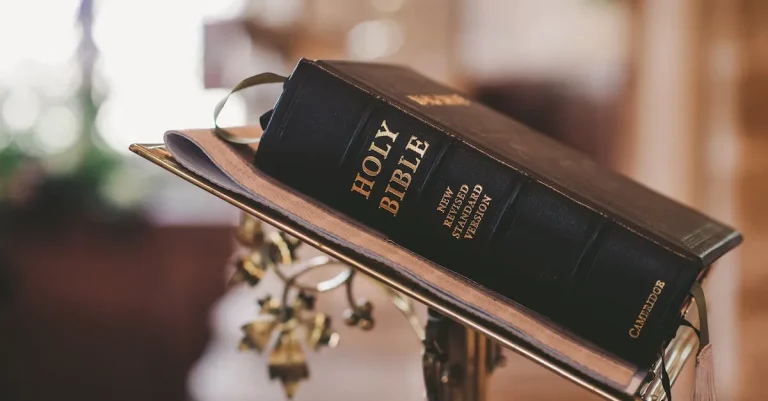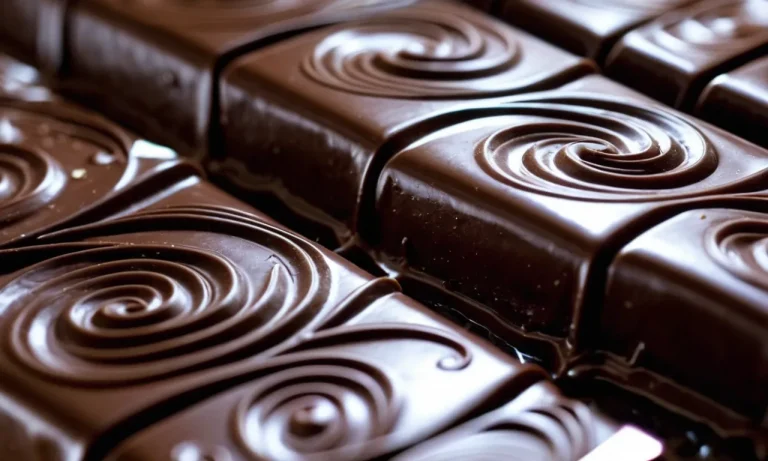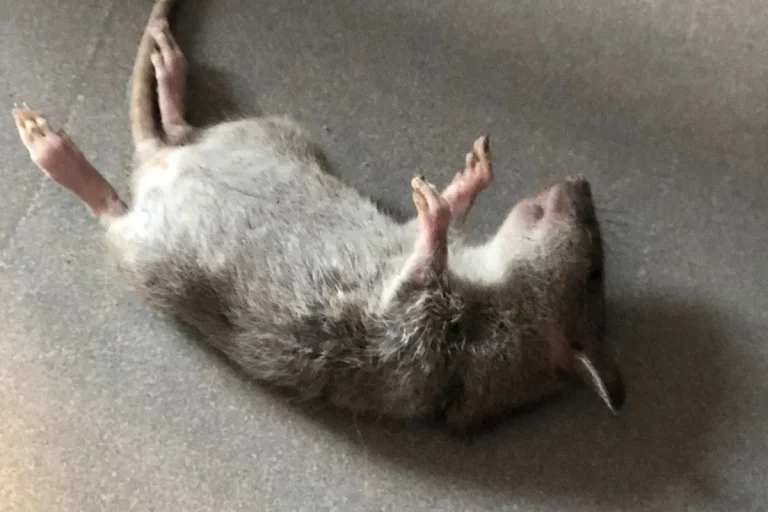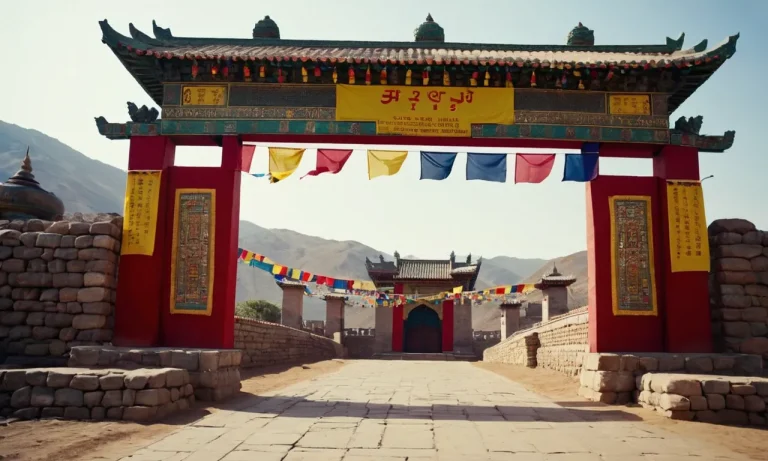Ear stretching, the practice of gradually enlarging the piercings in one’s ear lobes, has become an increasingly common form of body modification in recent years. However, for many, ear stretching holds a much deeper spiritual meaning and significance.
In short, those who engage in ear stretching believe it allows them to align more closely with nature, the universe, and the energies of the world around them, facilitating spiritual growth and a heightened sense of wholeness.
The History and Origins of Ear Stretching
Ear stretching dates back thousands of years
The practice of ear stretching has an exceptionally long history, with evidence dating back over 5,000 years to ancient civilizations around the world. From Asia to Africa, North America to South America, ear stretching and large gauge ear piercings have been an integral part of many indigenous cultures and tribal rituals for millennia.
Early evidence in ancient civilizations
Some of the earliest evidence of ear stretching comes from Statues of Gudea, a ruler in ancient Mesopotamia (modern day Iraq) around 2100 BC, depicting him with large gauge ear piercings. In Ancient Egypt, amongst nobility and pharaohs, ear stretching played both functional and spiritual roles related to status.
Stretched ears marked social rank and importance, while large ear plugs were believed to enhance spiritual attunement in the afterlife.
The mysterious pre-Incan Paracas culture in Peru also produced imagery and remains showing ear and nose stretching ornaments as far back as 700 BC. Indigenous tribes across pre-Columbian America such as the Aztecs or Mayans can be seen historically wearing heavy stretched earlobes as part of cultural identity and symbolic adornment.
Spiritual and ritualistic purposes
For many ancient and indigenous peoples, ear stretching held deeply spiritual meaning reflecting courage, honor and connection with ancestral powers or deities. Rituals and rites of passage involving ear stretching tested bravery and endurance, marking different stages of life, while the enlarged holes enabled individuals to feel closer to spiritual realms and access altered states of consciousness.
Even today, amongst the Maasai tribe in Kenya and Tanzania, earlobes are stretched to indicate bravery and connection with the community. Huge earlobes distinguish tribal elders and are considered extremely beautiful.
Similarly, the Kuna people of Panama use ear stretching for cultural identity and view it as attractive for childbearing.
As we can see, ear stretching is an ancient transcultural practice spanning thousands of years and imbued with profound ritual meaning. The large holes and flesh tunnels worn by Pharaohs and Aztec nobles echo remarkably similar body art still worn by indigenous people today across the world.
Ear Stretching and Energy Flow
Concepts of energy pathways in the body
In many spiritual and cultural traditions, the ears and sense of hearing are thought to connect us to subtle energetic pathways in the body. However, modern medicine has not found evidence to support theories of energy meridians or chakras in the human body.
Ears as energy portals
Some believe that ears serve as portals that can amplify energy flow and consciousness. However, these concepts currently lack scientific evidence. More research is needed to study these theories.
Stretching thought to open and amplify energy
Certain body modification practices like ear stretching are believed by some to open blockages in energy channels. However, these claims have not been substantiated by controlled studies. As with any body modification, those considering ear stretching should educate themselves on the permanent changes and potential medical risks involved.
If choosing to stretch ears, it’s vital to follow safe procedures as outlined by medical professionals to avoid damaging tissue and facilitate proper healing.
Personal and Spiritual Growth Through Ear Stretching
Increasing self-awareness and mindfulness
Participating in cultural or spiritual practices with an open and thoughtful mindset can lead some people to feel more contemplative, present, and connected with themselves or others. However, the effects are highly personal and variable.
Any practice should be entered into voluntarily and without pressure or judgment from others.
Facilitating connection with communities and identities
Ritualized practices sometimes play a role in connecting people to certain cultural heritages, communities, or concepts of self. However, stereotyping or pressuring people based on cultural identities is ethically problematic. People’s individual journeys should be respected.
Symbolizing inner journeys
The symbolism and rituals involved in some cultural practices may represent inner searches for meaning or growth for some participants. However, people’s private experiences and interpretations vary greatly. Open, thoughtful dialogue and mutual understanding across cultures is important.
Ear Stretching in Spiritual Traditions and Rituals
Roles in rites of passage
Ear stretching has played an important role in coming-of-age rituals and rites of passage in several cultures around the world. The painful process of gradually enlarging the earlobe piercings symbolized a youth’s transition into adulthood within the community.
For example, the Mursi and Surma tribes in Ethiopia and the Lahu tribe in Thailand traditionally pierced boys’ earlobes around age 7 and stretched them over time in preparation for manhood at age 15 (Wikipedia on ear piercing).
These stretched lobes represented maturity, self-discipline, strength, and social status as tribal contributors.
Similarly, ear stretching marked important life stages for the Aztec and Mayan civilizations in Mesoamerica as far back as the 2nd century BCE. Nobles would continue enlarging their ear piercings well into adulthood to reflect their worldly success and proximity to the gods (Ear Spool Artifacts in Ancient Mesoamerica).
Thus, ear stretching carries deep symbolic value in these communities tied to both social belonging and sacred rites of passage.
Links to meditation and trance states
The ear stretching practices of ancient mystics and sages also reveal intriguing connections to altered states of consciousness. Sadhus and yogis in India have long used heavy ear weights, dubbed mudra earrings, to enhance meditation by stimulating key acupressure points.
Researchers have validated that this gentle tugging sensation can shift brain waves into slower frequencies linked with deep reflection (Ear Acupuncture for Substance Use). 🧘♂️
Similarly, certain monks and shamans stretched their earlobes extremely wide to induce waking trances and heighten non-ordinary awareness. According to anthropologist Dr. Michael Winkelman, their weighty ear ornaments tugged the central nervous system into a liminal “shamanic state of consciousness” open to visions, insights, and mystical encounters (Winkelman on Shamanism).
Thus, ear weights can unchain perception beyond the senses under the right ritual conditions. 🎆
Part of shamanic and mystic rituals
Ear stretching and ear ornaments play a significant role in shamanic traditions that value non-hierarchical, direct spirit contact. The extra large holes and flesh tunnels prevalent in ancient spiritual iconography served both symbolic and functional purposes.
Their intimidating appearance invoked tribal protection, while their resonance amplification helped shamans hear messages from the spirits (Ear Ornaments of the Ancient Maya). 👂
Likewise, some mystics from India to Indonesia underwent extreme ear stretching to “open the third eye” and channel divine energy according to sacred geometry principles in Hinduism and Buddhism (Stretched Ears: From Long Ears to Long Earlobes).
Their gaping flesh tunnels marked rare spiritual attainment, believed to endow healing abilities, prophecy, and magical powers. Thus, ear stretching signifies both communication with spirits and embodiment of supernatural forces across shamanic cultures over the ages. 🧞♀️
Conclusion
While ear stretching emerged from ancient spiritual traditions and rituals, it continues to hold deep personal meaning for many today.
Ultimately, those who engage thoughtfully in the practice believe it facilitates self-knowledge, spiritual growth, and a greater sense of connectedness – not just a fashion statement.






